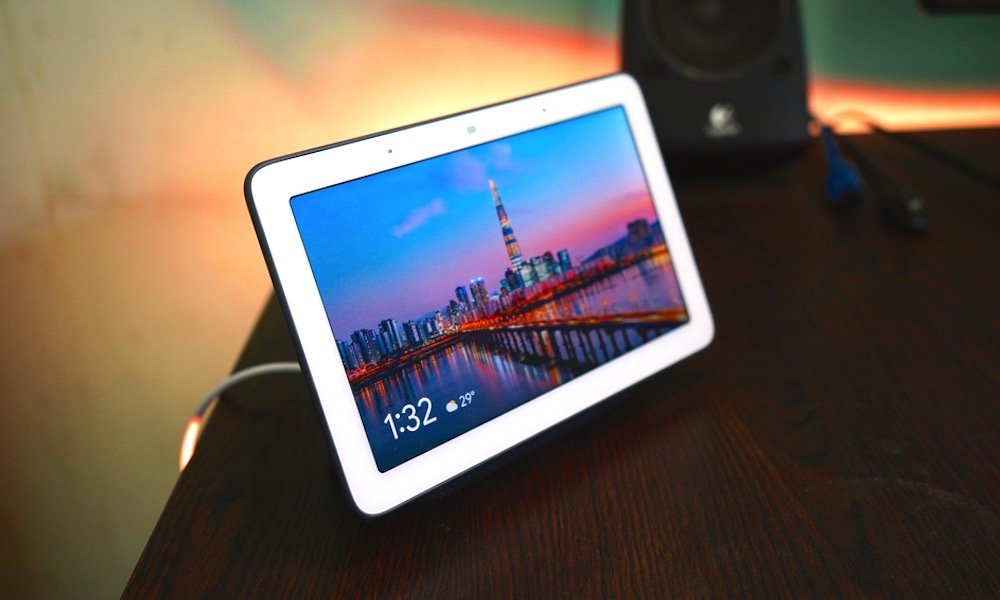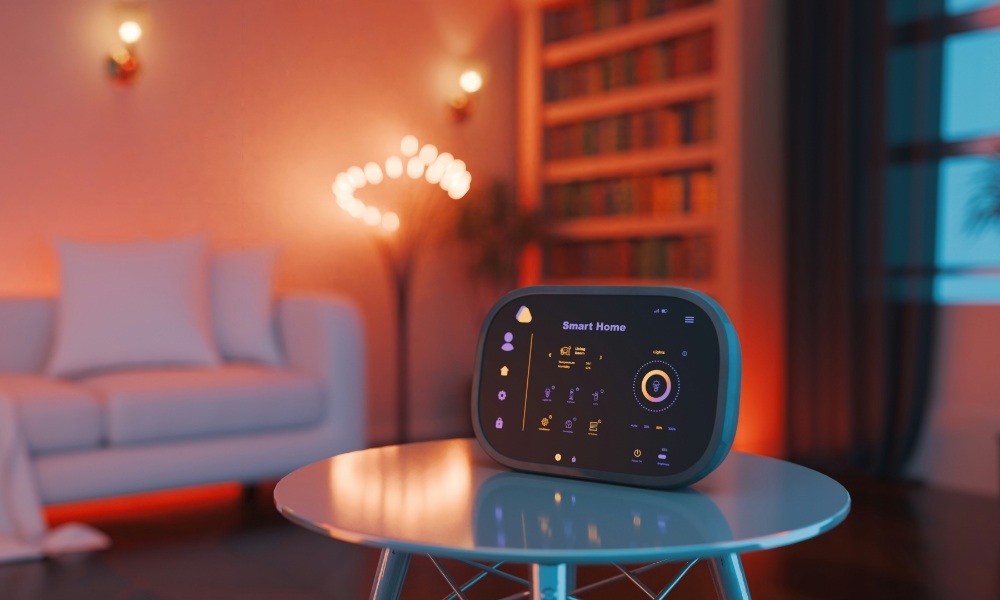Apple’s Wall-Mounted Home Hub Could Arrive Early Next Year

Toggle Dark Mode
Apple appears to be getting ready to tackle the home in a much more meaningful way. Earlier today, we saw a report that it may release a smart home security camera by 2026, and now it looks like its long-rumored interactive home hub could be just around the corner.
While Apple has used the term “Home Hub” for years to refer to an Apple TV or HomePod as devices that act as nerve centers for a HomeKit ecosystem, that’s not nearly the same thing as an Echo Show or Google Nest Hub — devices with screens that let you control your home directly.
Apple’s approach to home automation differs from that of its rivals. While Amazon and Google lean into screened hubs and voice control, Apple has a much more sophisticated Home app that runs on an iPhone, iPad, or Mac. Apple expects every personal Apple device in the house to act as a home controller, but some folks prefer a smart hub that’s part of the home and not the person.
While you can mount an iPad on a wall, that’s an imperfect solution, as iPadOS hasn’t been optimized for this. When Google released its first Pixel Tablet last year with home hub features, it got us thinking about what a hybrid iPad home hub could look like and how Apple might devise a similar strategy. However, it turns out that’s not quite the direction it’s going in.
Apple’s home strategy has been hard to discern over the years. Rumors of all manner of new smart home devices go back to at least 2021. These range from a HomePod with a screen to a tabletop device with a robotic arm. Only recently have these started to come into focus, and now it appears that Apple will soon have an actual legit home hub ready to ship.
Bloomberg’s Mark Gurman, who has been the source for the most salient of these home accessory rumors over the years, reports today that Apple’s home hub will be a wall-mounted “command center for the home.”
This appears to be the low-end smart display we’ve heard about for a while. Many assumed it would be attached to a HomePod, but it appears to be something entirely different. Gurman revealed the J490 code name in September but didn’t have much else to add at the time except to say that it would support FaceTime, control home appliances, and leverage Apple Intelligence for AI-powered features.
In today’s report, he offers more insight, plus an anticipated release date of March 2025. Of course, Apple’s plans may change, but Gurman says the product has become a priority for Apple’s CEO.
Chief Executive Officer Tim Cook is betting that the product can make Apple a force in the smart home segment, where the company has trailed behind Alphabet Inc. and Amazon.com Inc. in recent years. He has made the device a priority for the company’s engineering and design departments, and is pushing to get it to market after more than three years of development.Mark Gurman
According to Gurman’s sources, the device has a square six-inch screen and is “about the size of two iPhones side by side.” It has a camera for FaceTime, a rechargeable battery, and internal speakers. It is expected to come in silver and black finishes.
Apple reportedly plans to expand its new smart display beyond home control, with apps for web browsing, news, music, and even access to notes and calendar information. Like most home hubs and smart displays, you’ll be able to see a photo slideshow when it’s not in use, which Gurman describes as similar to the iPhone’s StandBy mode. While Apple reportedly discussed creating an App Store for the device, it’s skipping that for the first version.
This won’t be strictly a wall-mounted screen, although that will be one option. In addition to a wall mount, Apple reportedly plans to offer “bases” with speakers, likely similar to Google’s Pixel Tablet.
Apple has designed different attachments for the device, including ones that affix the screens onto walls like a classic home-security panel. There will be bases with additional speakers that can be placed in the kitchen, on a nightstand or on a desk. Apple imagines the FaceTime feature being used while cooking or for videoconferencing during work meetings.Mark Gurman
Ultimately, Apple expects the screen to be a secondary interface, with Siri as the primary way of interacting with it. Apple Intelligence and App Intents — an AI feature that debuted during June’s Worldwide Developers Conference (WWDC) and has yet to arrive on the iPhone and iPad — will allow more precise control using Siri. The screen will also include sensors that can display different information depending on a person’s proximity, allowing it to show more detailed information or wake up as you approach it.
The new display will also expand the intercom feature that Apple debuted with the HomePod mini, extending it to a FaceTime experience where users in different rooms can quickly communicate via voice and video through multiple smart displays. Apple hopes to convince users to purchase multiple devices to place throughout their homes.
While Apple plans to eventually follow this up with a more expensive model that could incorporate a robotic limb, that’s not expected to arrive until 2027. This first-generation version is expected to be priced competitively with comparable products by Amazon and Google, which are in the $150–250 range.
[The information provided in this article has NOT been confirmed by Apple and may be speculation. Provided details may not be factual. Take all rumors, tech or otherwise, with a grain of salt.]









